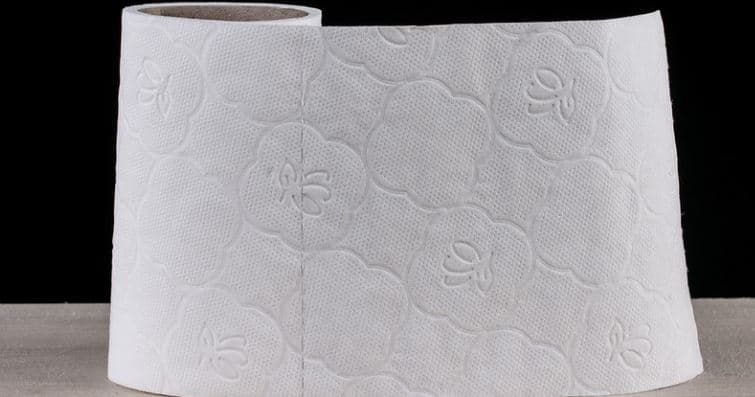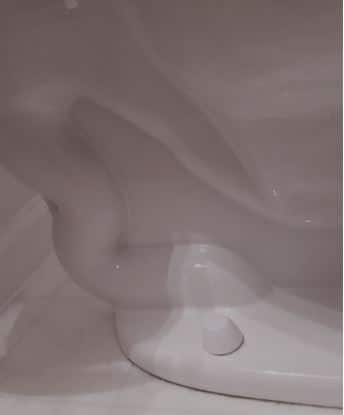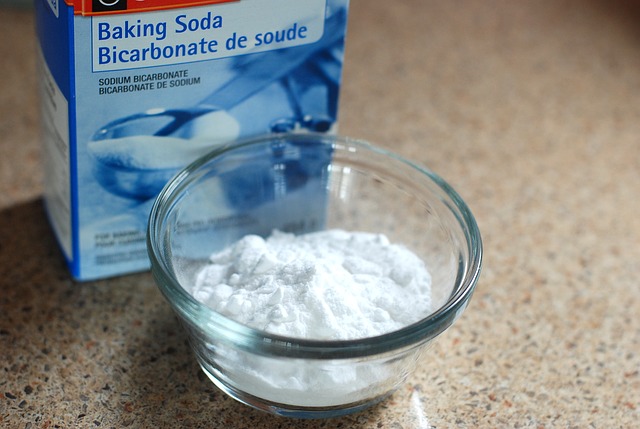Never Flush Paper Towels – Do This Instead
Last Updated on October 5, 2023 by toilethaven
Paper towels look very much like toilet paper, but should you use them as a toilet paper alternative? And what will happen if you flush paper towels?
The simple answer is NO. It would be best if you never flushed paper towels. Unlike toilet paper, paper towels do not dissolve and break down easily in water, resulting in clogs and sewage backups when flushed.

One or two paper towels are not going to clog a toilet. Although they will not dissolve and break down as easily as toilet paper, the flush water will carry them away to the sewer line without a problem. Continued use of paper towels will, however, definitely clog a toilet.
Paper towels will eventually dissolve in water, but since they are designed to be absorbent using high-quality pulp, they take a long time to dissolve and break down, resulting in clogs when flushed.
If you accidentally flush a paper towel, pour about a gallon of hot water into the toilet. The paper towel will dissolve and break down easily in hot water. Plunging the toilet also helps, especially if the toilet is clogged or draining slowly.
To unclog a toilet after using a paper towel, plunge aggressively for 2 to 5 minutes. If the plunger proves to be inadequate, upgrade to a toilet auger. Sometimes, a combination of baking soda, vinegar, and hot water will break down the clog effortlessly.
The main reason paper towels, unlike toilet paper, clog toilets is that paper towels are thicker and specifically designed to be water-absorbent without breaking down. Toilet paper, on the other hand, is thin and dissolves quickly and fast in water.
If you run out of toilet paper, you can use a paper towel but dispose of it instead of flushing it. You can also use a sponge cloth or jump straight to the shower and clean up. Installing a bidet is, however, the best solution.
What Happens if You Flush Paper Towels
If you want to compare the difference in how paper towels break down compared to toilet paper, there is a method you can use.
Fill two mason jars with water up to the half mark. Put four sheets of toilet paper in the first jar and a paper towel in the other.
Shake the two jars vigorously for about 10 seconds, then check the rate at which they have dissolved in the water.
You will notice that the toilet paper breaks down and dissolves in the water easily and faster than the paper towel. That is why it is a bad idea to flush paper towels.
If you look at the bottom of the toilet bowl, you will see the S-shaped toilet trap, where the siphon effect occurs during flushing.

The wastewater and toilet paper move up in the trap and then down. Having this type of toilet design may look counterproductive, but without it, toilets wouldn’t siphon the waste.
The problem is that since paper towels don’t dissolve that fast in water, they can get trapped inside the toilet trap and cause a clog. When that happens, you will notice that your toilet will not drain at all, but if it is partially clogged, it will drain slowly.
The toilet drain line is also connected to the main sewer line in your front yard, which drains to the municipal sewer line or septic tank.
Waste inside the sewer line flows out solely through the force of gravity. That means there is not much pressure to force the waste out of the line.
If you flush paper towels, they will, of course, not dissolve easily in water but will instead get stuck inside the sewer line, forming a clog and resulting in sewage backups.
It will be worse if there are other unwanted substances in the wastewater, like grease from the kitchen. The clog will be hard to break down since the grease coalesces around the paper towels, resulting in a solid clog.
What to Do if You Flush Paper Towels
So, what can you do if you accidentally flush paper towels? Of course, you wouldn’t want to take the risk and assume that the toilet will not clog. As always, prevention is better than cure.
I would dump a gallon or more of hot water inside the toilet bowl. As you know, hot water is more effective in dissolving substances than cold water.
To prevent cracking the toilet bowl, don’t use boiling water. Hot water from the hot water faucet is sufficient to do the job.
Another thing I would do is to try and break the paper towel using baking soda and vinegar. You can also incorporate the hot water method here.

First, use a plunger to force as much water as possible down the drain. You want the vinegar and baking soda solution to work on the paper towel clog directly.
Pour a cup of baking soda into the toilet bowl, then slowly add 2 cups more. The two agents will create a fizzing reaction, which is what will break down the paper towels.
Wait for the reaction to go on for about 15 minutes, then dump a gallon of hot water in the bowl to flush down everything into the sewer line. That way, you are sure that you will not have to deal with a clogged toilet.
If you are already dealing with a clogged toilet, you can incorporate the above two methods, but if they don’t work, plunging will most likely do.
Use a good plunger (flange plunger) to plunge aggressively for 2 to 5 minutes. Flush the toilet a couple of times afterward to be sure that it is unclogged.
Although you will hardly need to, snaking is an effective method of unclogging a toilet. A toilet auger breaks down the clog by shredding it into tiny pieces or hooking and pulling it out of the toilet drain.
Toilet Paper Alternatives
So, what do you do if you don’t have toilet paper in the house and you need to use the toilet? Well, some alternatives are very practical.
Surprisingly, one of the products you can use is a paper towel. Yes! A paper towel is soft enough for your body, only that this time round, you will not flush it down the toilet.
After using the paper towel, throw it inside a trash can the same way you dispose of sanitary products or diapers. This is why having a trash can in the bathroom is a good idea.
Another fantastic product you can use is wet wipes or baby wipes. Again, dispose of the wet wipes inside the trash can and never be tempted to flush them down the toilet.
Wet wipes will clog a toilet worse than paper towels, and the clogs are even nastier. Even the so-called “flushable wipes” are not that flushable after all.
If you do not mind, “cloth toilet paper” is another option. In this case, every family member has their own clothes, which are cleaned and reused every time after visiting the bathroom. I wouldn’t say I like this method, but some people are happy to use it.
If you are in the bathroom and don’t have toilet paper, you can use your bare hand to wipe it and clean it thoroughly using warm, soapy water in the bathroom sink.
Alternatively, you can jump straight into the shower and clean up thoroughly. This may not be ideal for some people since it means showering every time you use the bathroom.
A bidet is the best alternative to toilet paper for a permanent solution. There are several types of bidets, which include:
- Stand-alone bidets
- Bidet toilet seats
- Bidet attachments
- Bidet sprayers
- Bottle/portable bidets
My favorite of them all is the electronic bidet toilet seats. Apart from cleaning you, they also have a dryer, which ensures that you won’t need to use toilet paper or a towel to dry yourself.
Conclusion
You should never flush paper towels. The same will end up clogging the toilet drain line, or the sewer pipe and sewage will start backing up in the house.
Using a paper towel once will most likely not clog the toilet, but be sure to flush the toilet twice or thrice. The excess water will carry the paper towel out of your house, ensuring there will not be clogs.